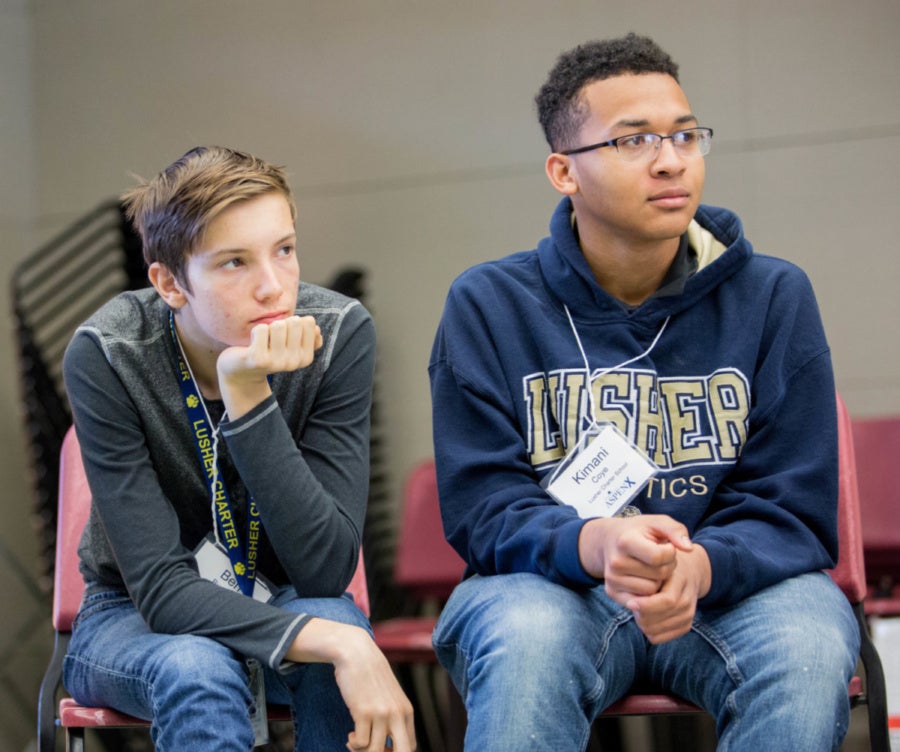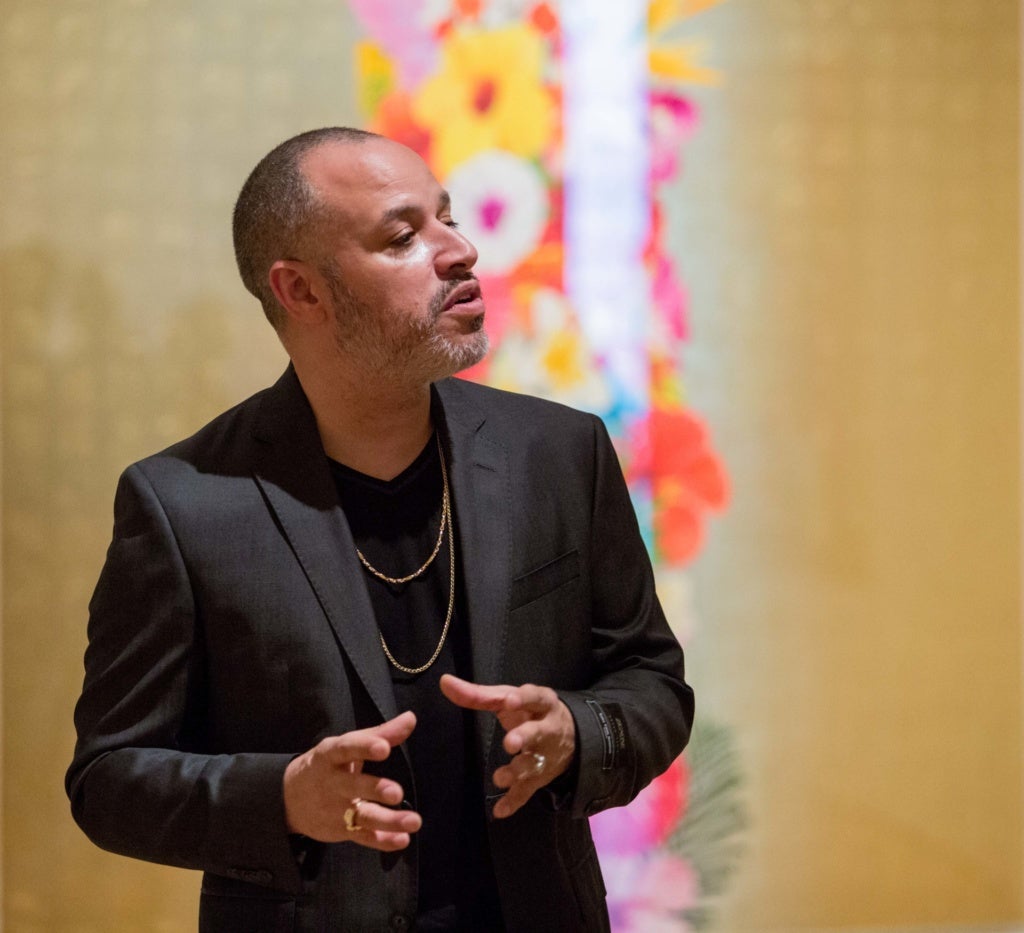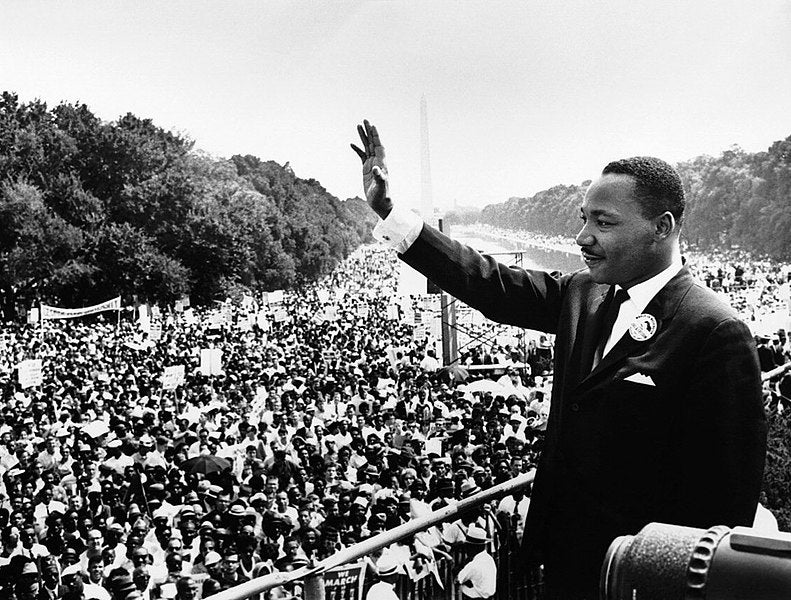AspenX is an opportunity for high school students to take a deep dive into critical topics of the day through virtual and experiential learning and moderated in-person dialogue. Kimani Coye participated in an AspenX seminar experience on race and equity in New Orleans, LA in March 2018 and reflected on his experience.
On March 23, I was eager for the AspenX seminar at Le Musé de f.p.c. I knew I would be discussing social issues with other high school students but wasn’t sure how it would go or what people I would meet. We began by sitting next to someone we didn’t know to get out of our comfort zones and introducing ourselves to the group. We were asked to answer a rather ambiguous question: how do you identify yourself? Before, I thought the question was straight forward. I was an African-American male from New Orleans, simple. However, for others, this question was more complicated. The group discussion forced me to think about what constituted someone’s identity or sense of belonging. Why categorize race and nationality at all?

Photo be Leslie Gamboni.
Keeping these questions in mind, we began the tour. We were given a brilliant analysis of the history of slavery in New Orleans and learned the untold story of the city’s free people of color. Through their experiences, we second-handedly witnessed the misguided ideas of racial inferiority and social stratification of race. This unique history has shaped the city’s rich culture but also created a systemic cycle of poverty and violence.
Discussion continued at Carlos Rolón’s exhibit Inside/Out at the New Orleans Museum of Art. We observed his pieces exploring themes of the Caribbean cultures of his Puerto Rican lineage juxtaposed with his American upbringing. Throughout this conversation, the other students slowly revealed more of their identity. For example, we discussed the role of art in cultural identity and self-expression. This showed me the many ways we choose to express ourselves and how we can utilize and master our individual art forms as a means of communication to affect change. Our generation can take advantage of social media to bring about societal reform in unconventional ways.

Carlos Rolón, photo by Leslie Gamboni.
The following day, we broadened the discussion to include modern day controversies and injustices. Everyone’s unadulterated opinion emerged as we attacked issues head on and presented our biases. I unexpectedly considered new opinions that I had not thought about before. This reinforced my belief that people shouldn’t be sheltered in their ideological bubbles and should strive to meet as many different types of people as possible. A whole-world view is the best way to humanize opponents and prevent hatred. Instead of being complicit in or discouraged by seemingly unsolvable issues, it’s important for young people to step forward and discuss these issues no matter how controversial it seems. Our problems won’t be solved by ignoring opposing sides. The path to action starts with being able to communicate your stance on the issues and having difficult conversations with people you think you’d never agree with. The next step is tangible action, which includes galvanizing other youth around your idea and civically engaging. In my free time, I volunteer for the labor union U.N.I.T.E. H.E.R.E. (Local 23) to pre-register voters, convince workers to organize, and protest economic inequality. This is just one of many ways you can affect change. Do not be afraid to tackle societal issues: protest, walkout, debate, volunteer, vote!

